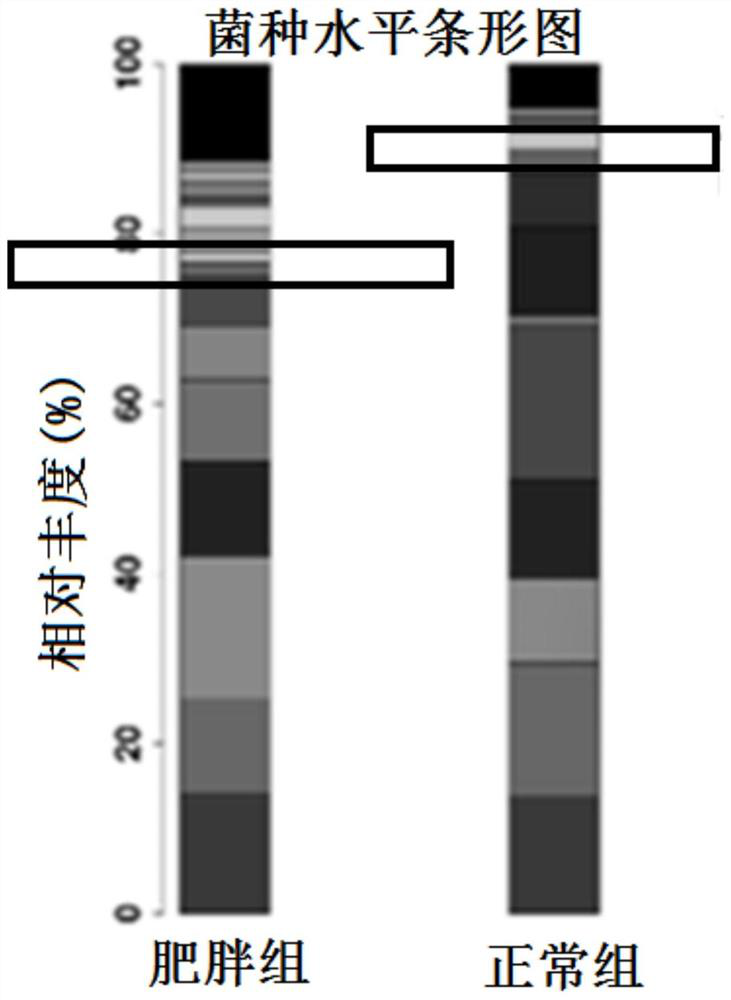Milk-derived streptococcus salivarius for predicting infant obesity and separation method of milk-derived streptococcus salivarius
A technology of streptococcus salivarius and isolation method, which is applied in the field of milk-derived streptococcus salivarius and its isolation, can solve the problem of little research on breast milk
- Summary
- Abstract
- Description
- Claims
- Application Information
AI Technical Summary
Problems solved by technology
Method used
Image
Examples
Embodiment 1
[0025] This example provides a method for isolating milk-derived Streptococcus salivarius SHDP5A1, wherein the preservation number of the milk-derived Streptococcus salivarius is CCTCC NO: M 2021060, the preservation date is January 14, 2021, and the preservation unit is China Typical culture preservation center, the address of the preservation unit is Wuhan University, Wuhan, China; the specific separation method is as follows:
[0026] Fresh breast milk sample diluted 10-10 3 After doubling, take 50-200 μl and spread it on a commercial KF Streptococcus agar plate, culture anaerobically at 37°C for 2-3 days, and select a single colony for identification. After identification, the 16S rRNA gene sequence of the strain is as follows:
[0027]AGGACGAACGCTGGCGGCGTGCCTAATACATGCAAGTAGAACGCTGAAGAGAGGAGCTTGCTCTTCTTGGAAGAGTTGCGAACGGGTGAGTAACGCGTAGGTAACCTGCCTTGTAGCGGGGGATAACTATTGGAAACGATAGCTAATACCGCATAACAATGGGTGACCCATGTCATTCATTTGAAAGGGGCAACTGCTCCACTACAAGATGGACCTGCGTTGTATTAGCTAGTAGGTGAG...
PUM
 Login to View More
Login to View More Abstract
Description
Claims
Application Information
 Login to View More
Login to View More - R&D
- Intellectual Property
- Life Sciences
- Materials
- Tech Scout
- Unparalleled Data Quality
- Higher Quality Content
- 60% Fewer Hallucinations
Browse by: Latest US Patents, China's latest patents, Technical Efficacy Thesaurus, Application Domain, Technology Topic, Popular Technical Reports.
© 2025 PatSnap. All rights reserved.Legal|Privacy policy|Modern Slavery Act Transparency Statement|Sitemap|About US| Contact US: help@patsnap.com


